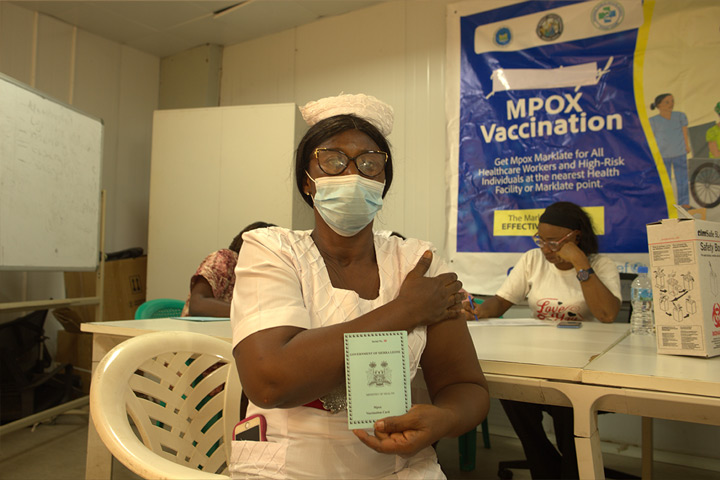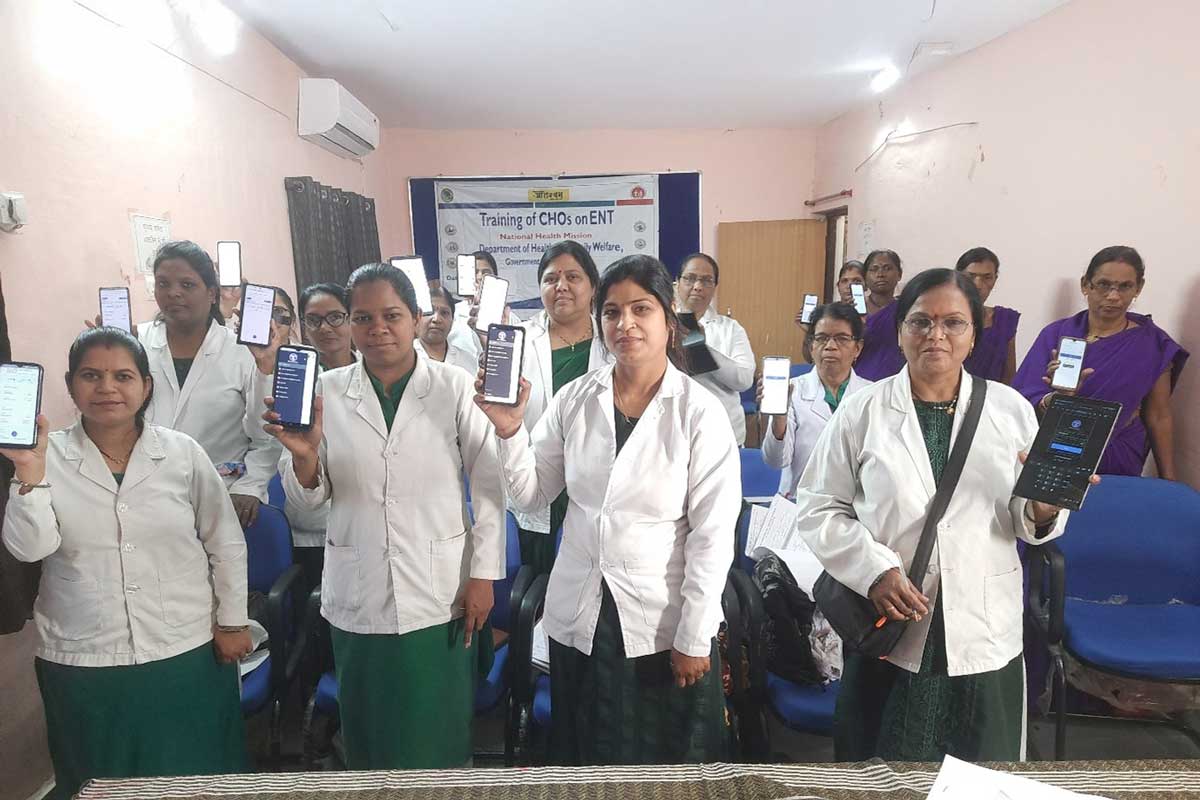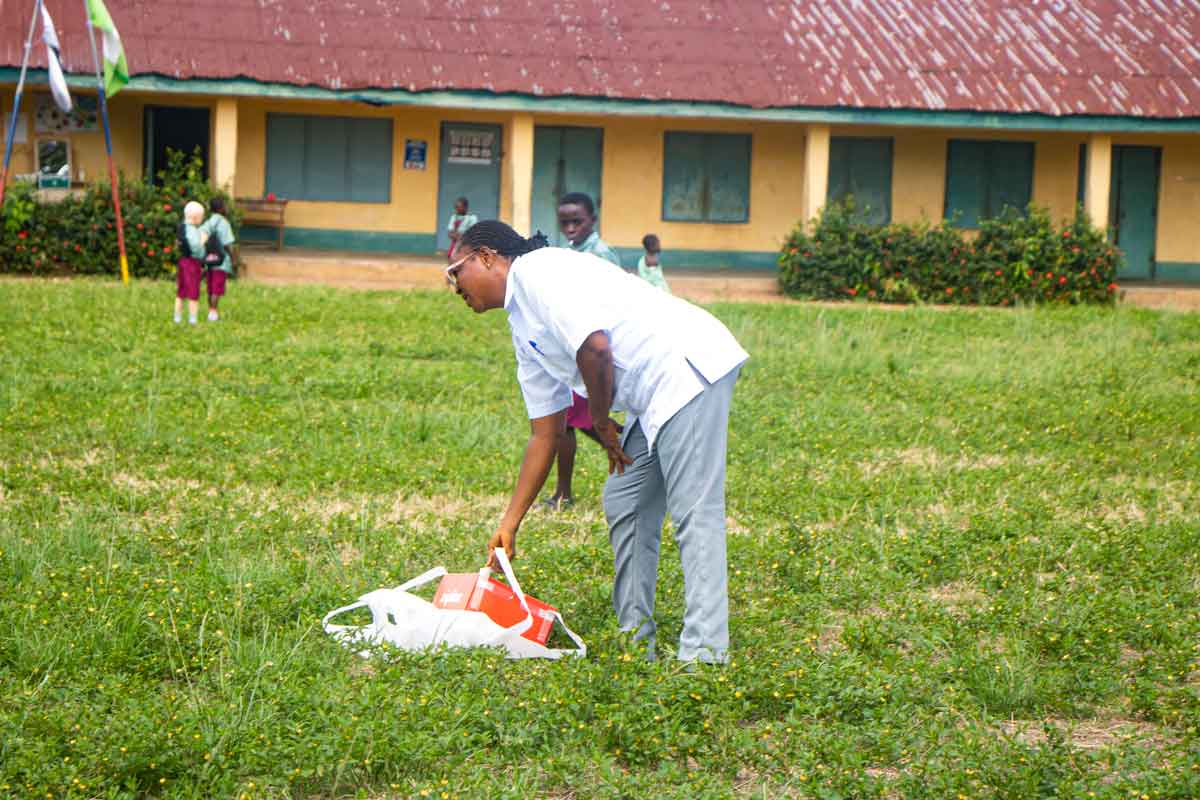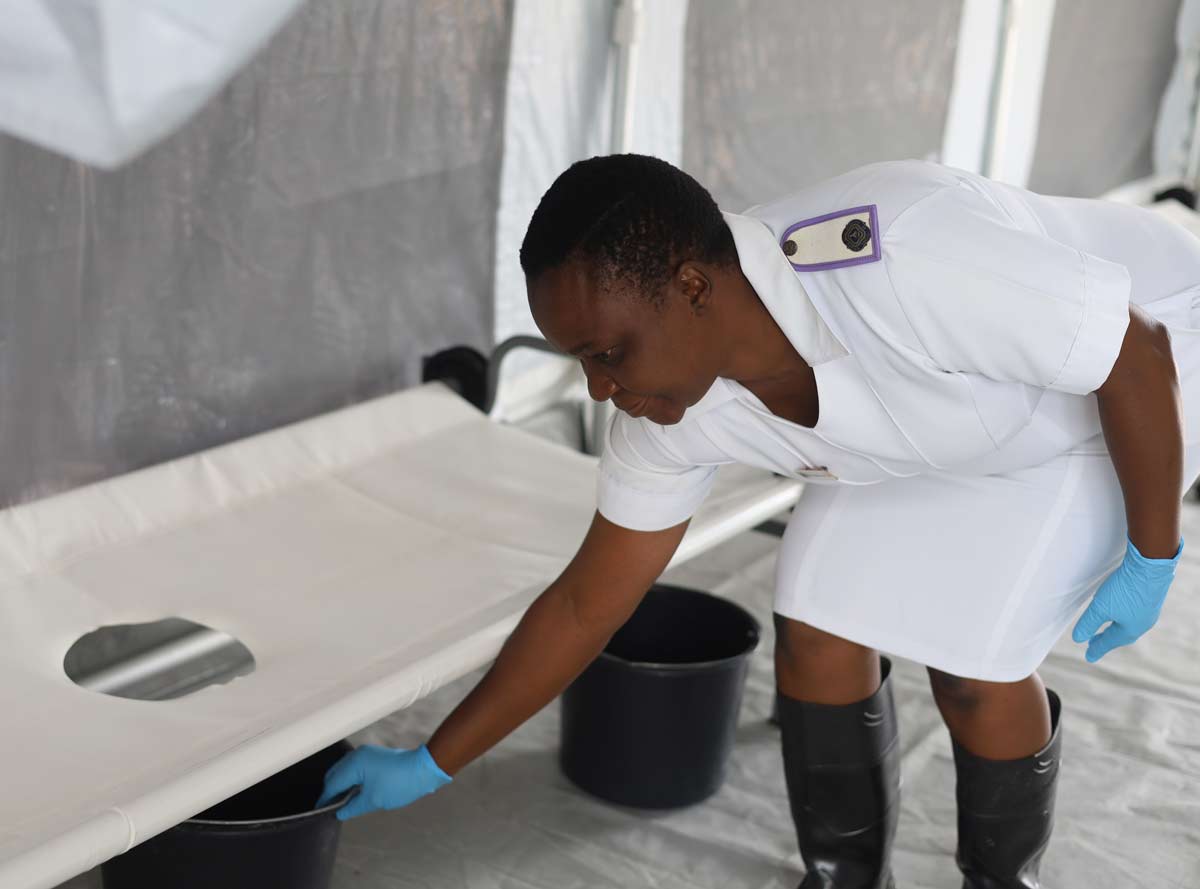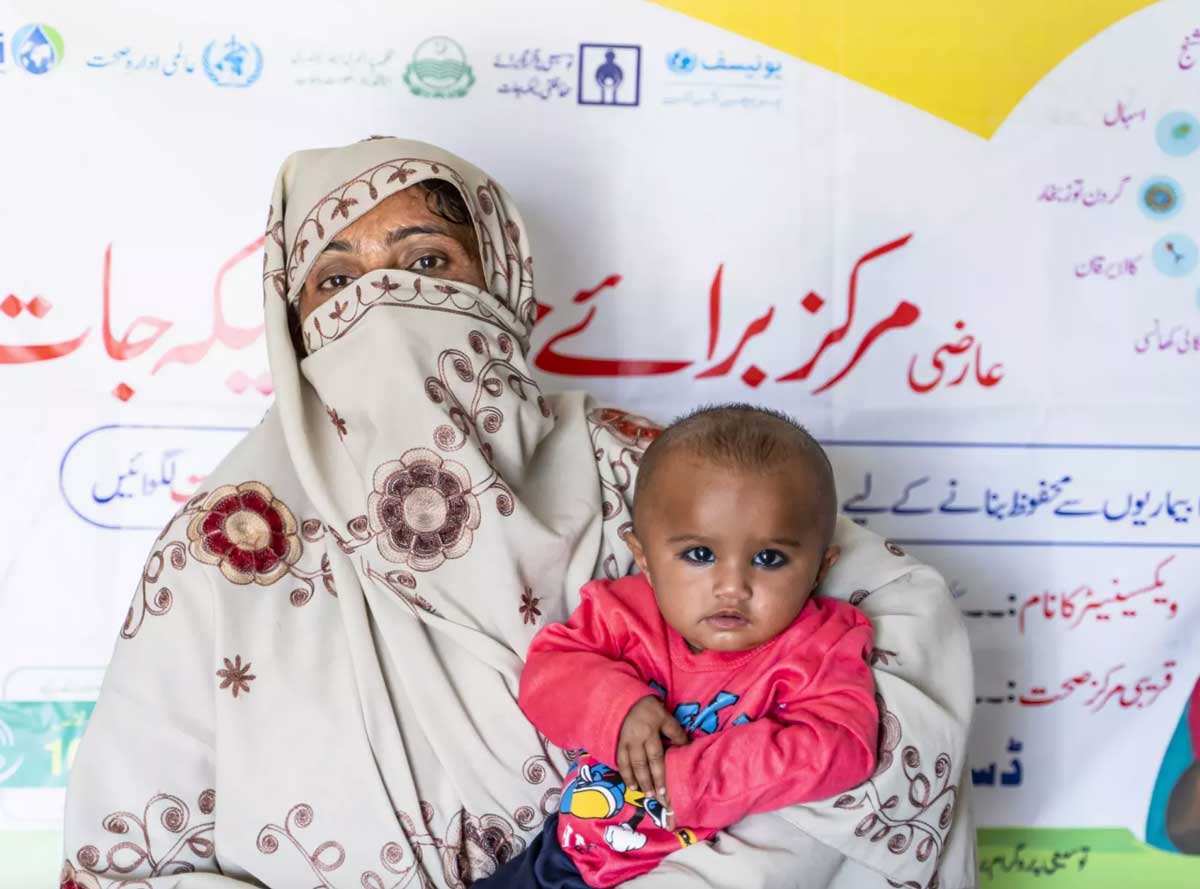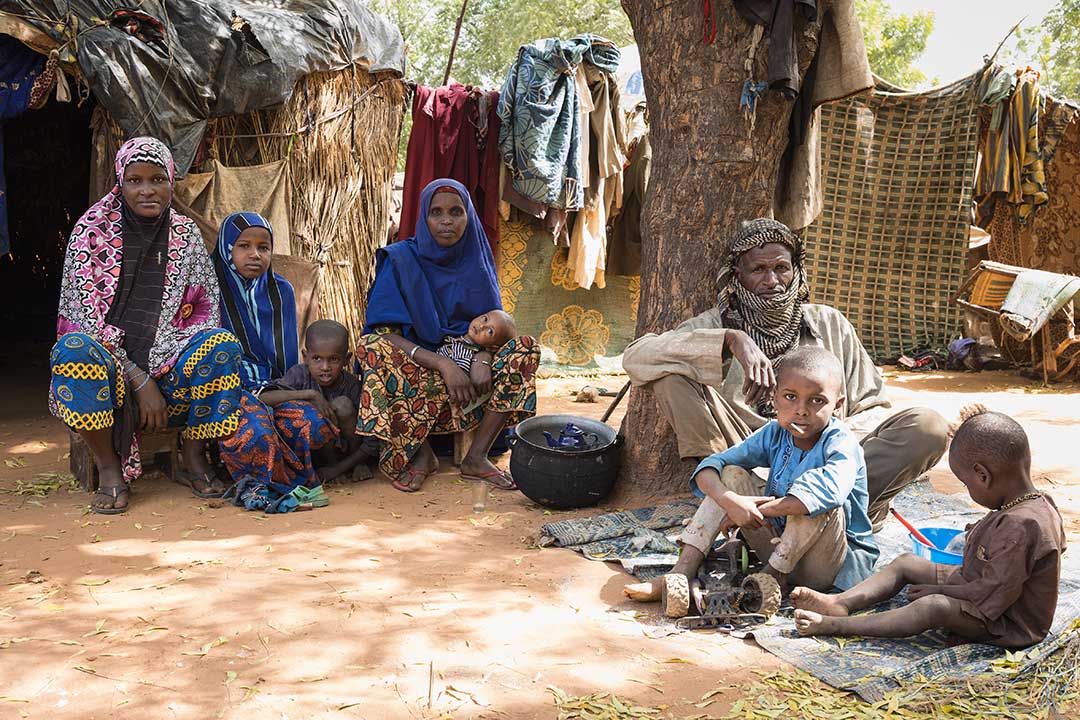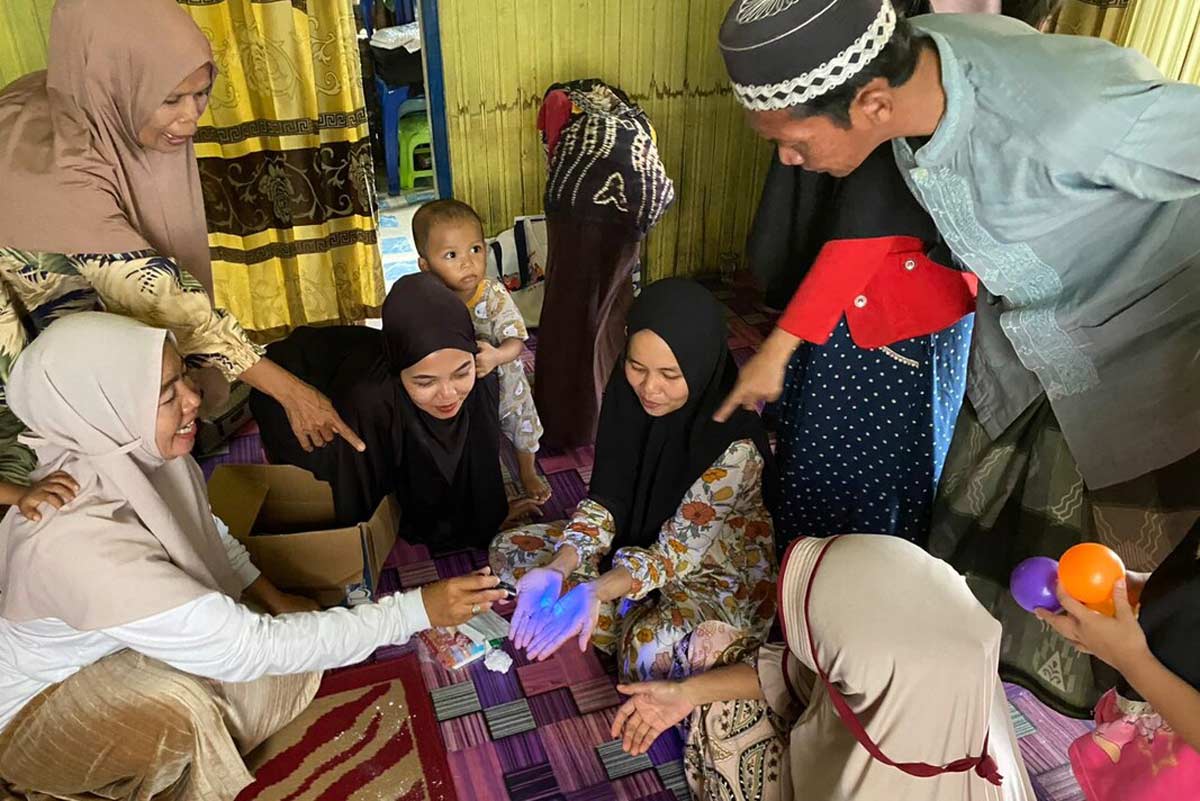Gavi's Investment Opportunity by numbers
9 figures that quantify the scale of Gavi's plans for the next 5 years.
- 20 June 2024
- 4 min read
- by Gavi Staff
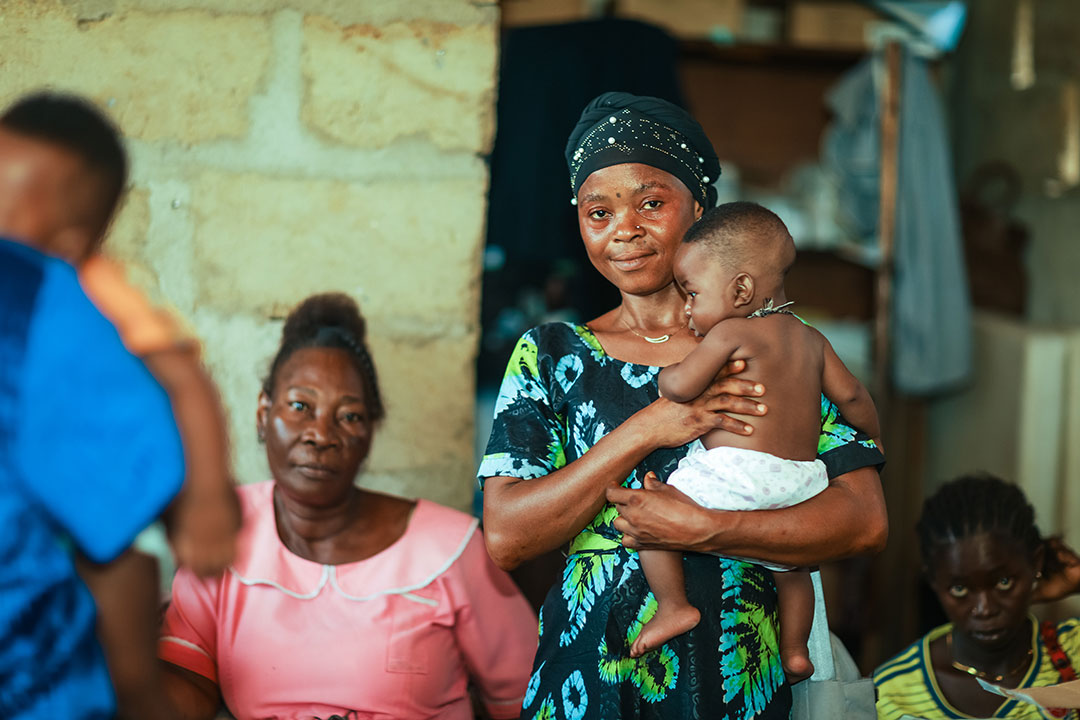
Between 2000 and 2020, Gavi has helped immunise more than 1 billion children in the world’s most vulnerable countries, saving more than 17 million lives. A child born in a Gavi-supported country is 70% less likely to die from a vaccine-preventable disease before their fifth birthday than they were in 2000.
Despite this progress, we live in a world increasingly hit by extreme weather conditions because of climate change, in which millions are displaced because of conflict, and with the threat of outbreaks increasing and a next pandemic looming. Thus, this next five-year period of Gavi’s work is one in which vaccines are more important than ever.
Gavi plans to vaccinate more children than ever, against more diseases, faster than ever. Here are the top nine numbers that define the current investment opportunity.
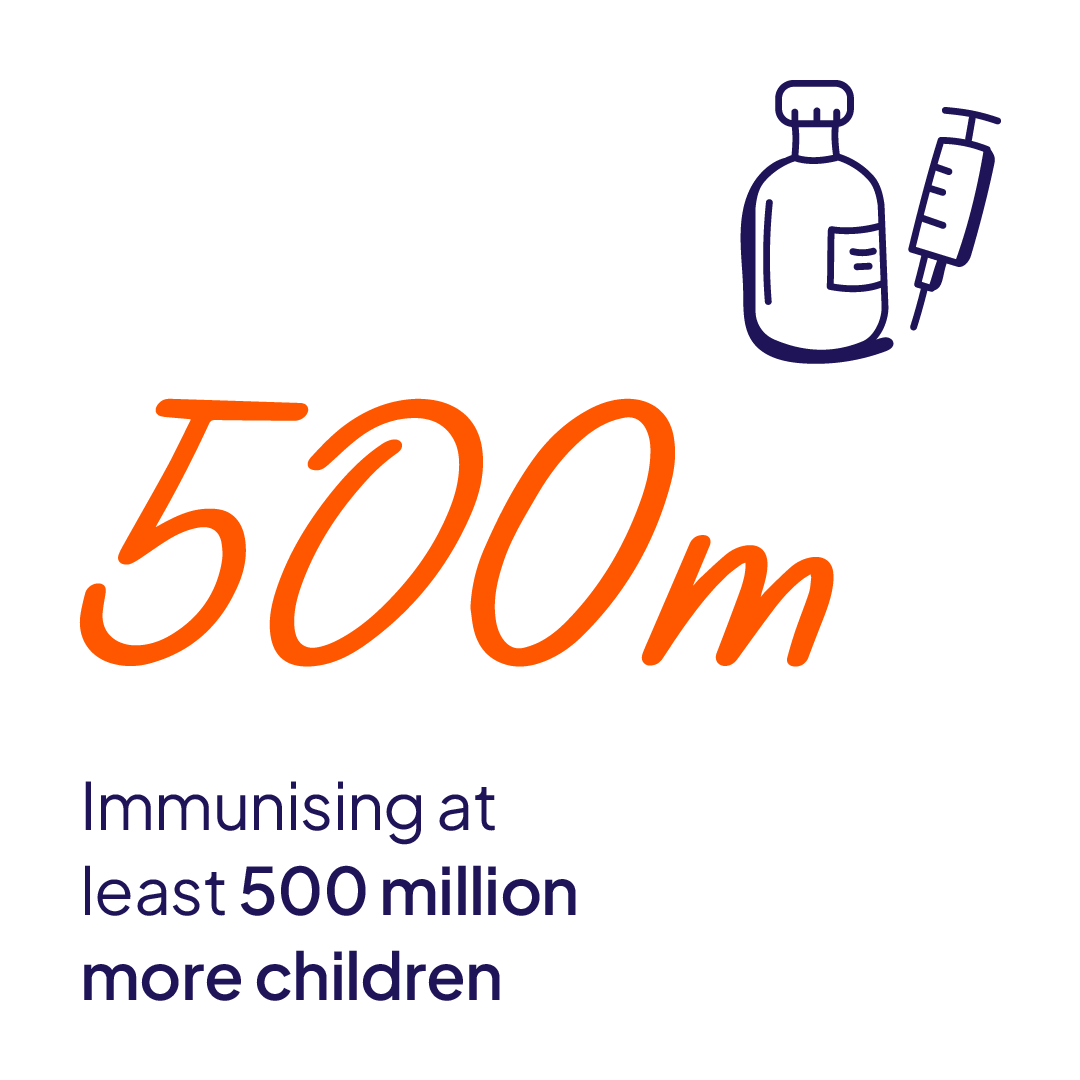
Since its inception two decades ago, Gavi has worked with key partners to develop a unique way of delivering vaccines quickly and efficiently. By ensuring markets are available for vaccines, the Alliance has driven critical research and development and ensured that more children can access life-saving immunisation. Now Gavi plans to work at double speed: it helped save 1 billion in 20 years; now it plans to help save 1 billion in ten years (500 million in the next five years).
Gavi will accelerate its work to reduce the number of so-called ‘zero-dose’ children who never receive a single vaccine, contributing to the Immunization Agenda 2030 target of a 50% decrease.
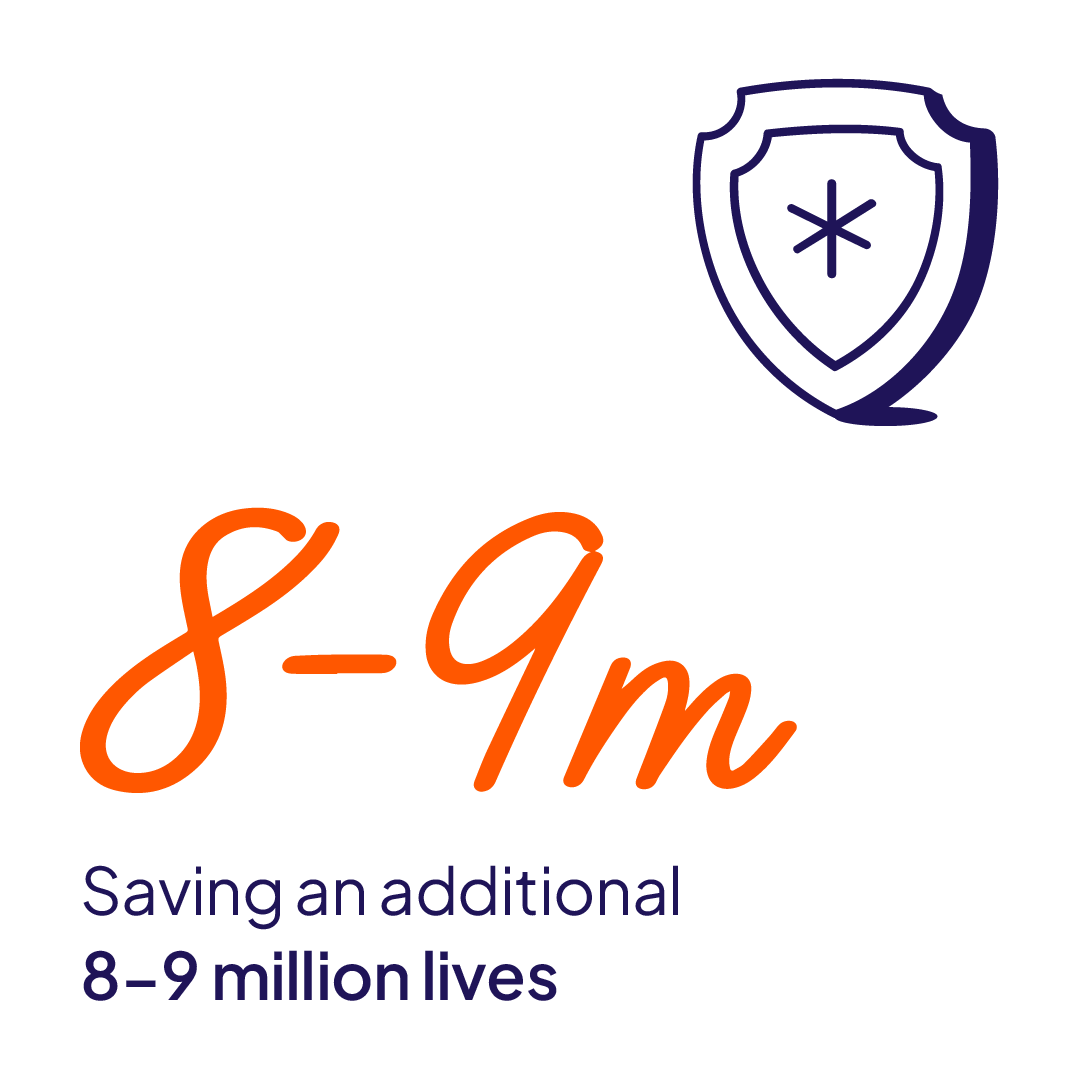
Gavi will support countries to increase coverage of vaccines against childhood killers, and these immunisations include pneumococcal, rotavirus, measles and pentavalent. Gavi is also planning its broadest ever portfolio of vaccines, which next year will also include respiratory syncytial virus (RSV), tuberculosis, dengue, mpox and Hepatitis E.
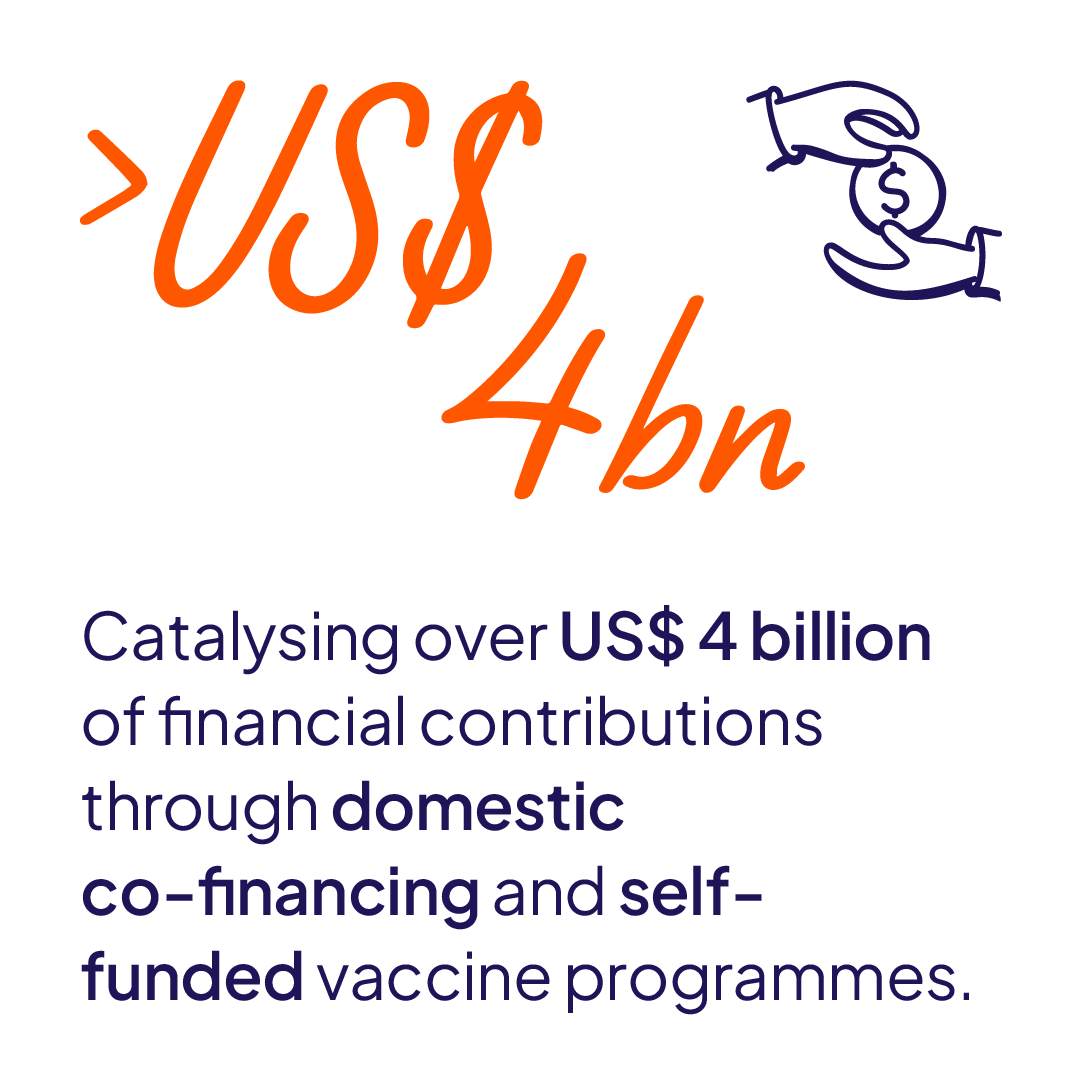
Country ownership of national immunisation programmes drives Gavi’s work. By working in partnership with countries, the Alliance has built a successful model in which donor investment couples with domestic investment in health. Over the next five years, countries will fund more than 40% of the costs of their routine vaccines – compared to just 10%, 15 years ago. By 2030, more than one in four of the original 78 lower-income countries supported by Gavi will be fully funding their own vaccine programmes.

Gavi is ready to respond to 150 outbreaks across the five years. Global crises such as Ebola and the COVID-19 pandemic taught us harsh lessons, and through its experience with COVAX that rolled out COVID-19 vaccines to the world’s most vulnerable, Gavi has strengthened its ability help countries prevent, prepare and respond to an expanding array of health threats. This is vital, and urgent: the number of outbreaks that Gavi responds to has risen from 15 in 2020 to 35 in 2023.
Have you read?
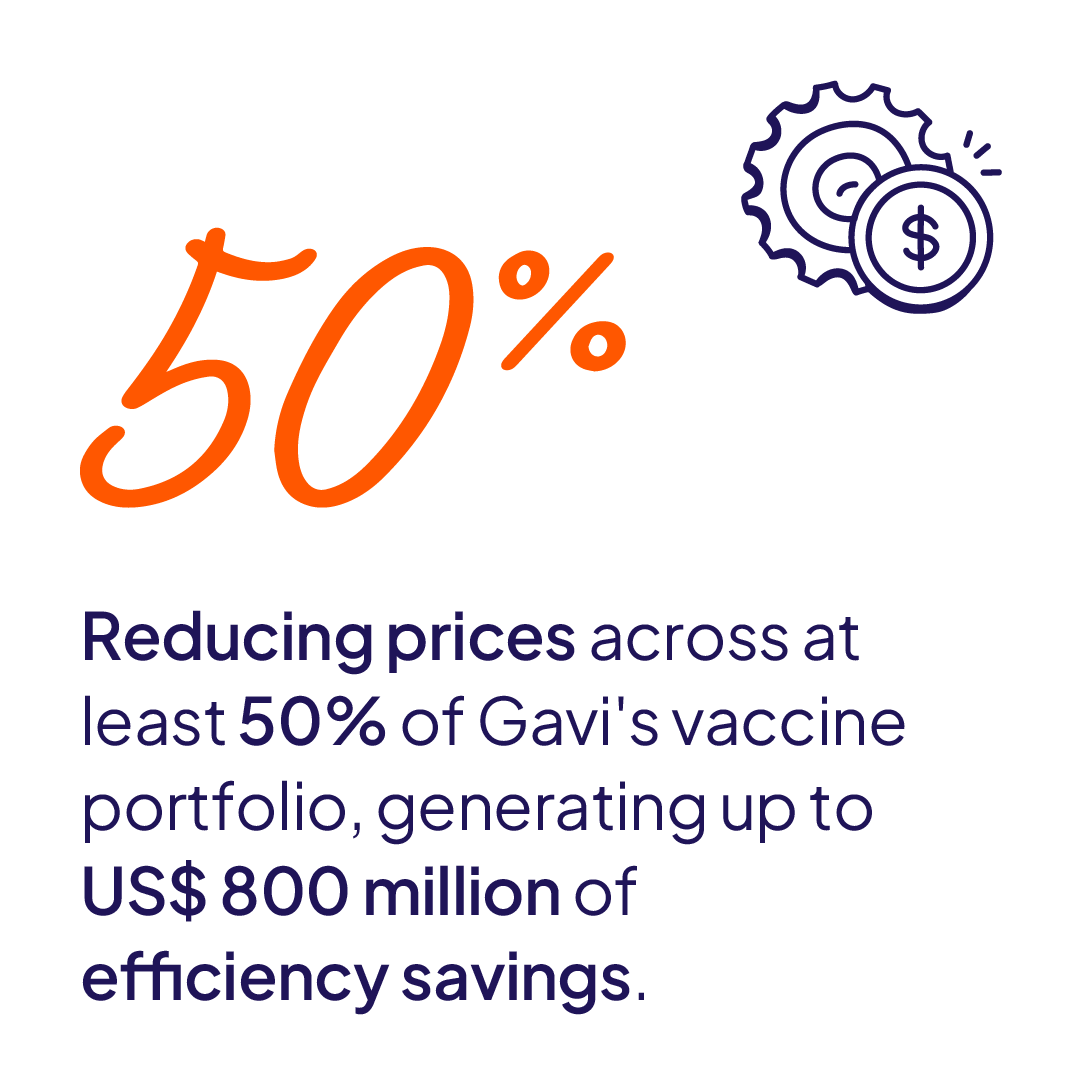
Gavi plans to use its market power to promote innovation from manufacturers while reducing prices across 50% of the vaccine portfolio between 2026 and 2030. Gavi has also helped cut costs of key vaccines. For instance, rotavirus vaccine cost US$ 15.75 per dose in 2010 compared with US$ 3.27 in 2023. In the same period, the pentavalent vaccine dropped from US$ 8.95 per dose to US$ 2.81. The Alliance will minimise costs to donors and countries by maintaining a small and efficient Secretariat, so that 97 cents out of every dollar go directly to supporting vaccine programmes.
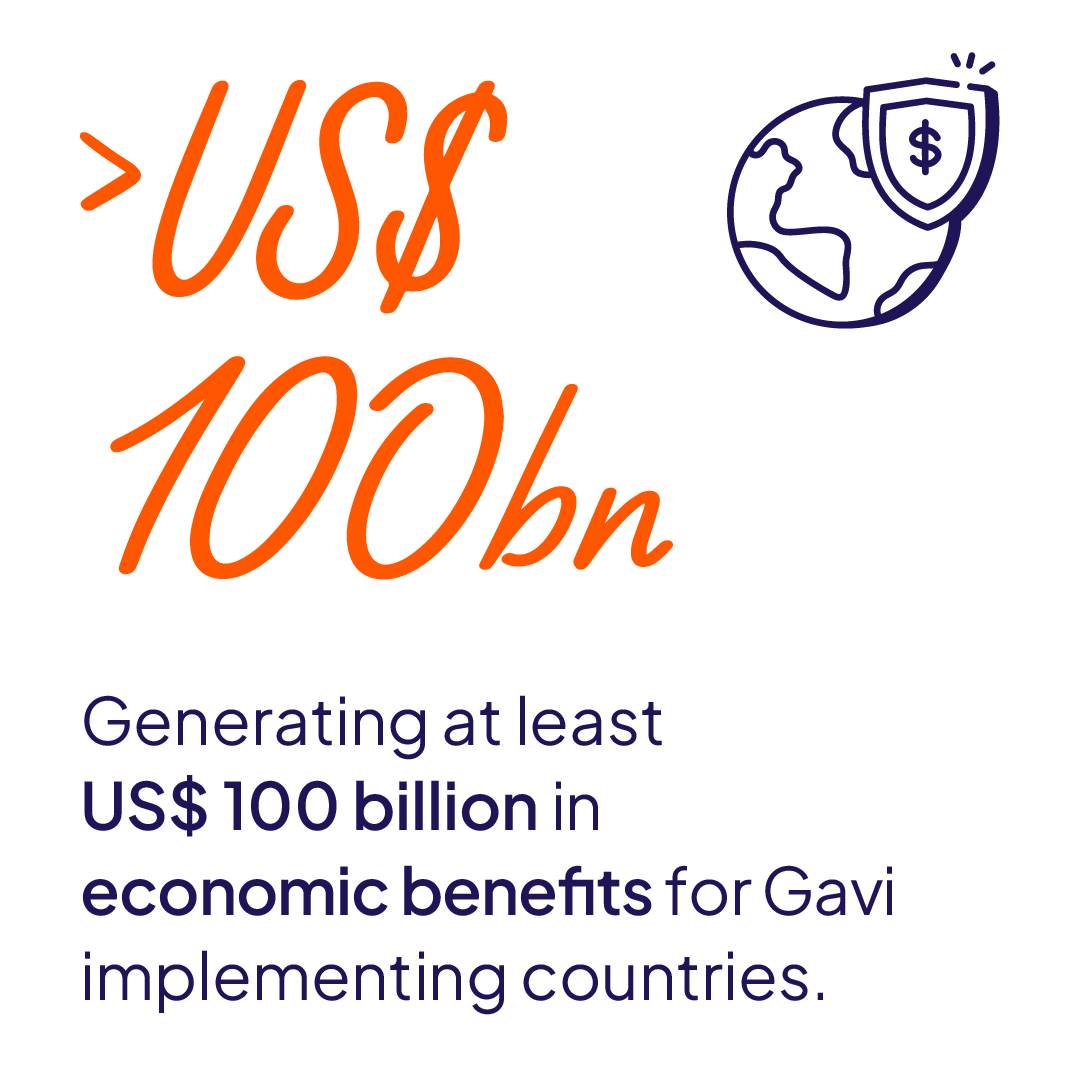
Illness and death can claim a heavy financial burden on countries, both in health care costs and a loss of productive years of life. By saving lives and enabling people to live longer, healthier lives, vaccines can bring significant economic benefits to individuals and countries.
Immunisation programmes in lower-income countries supported by Gavi have generated more than US$ 220.5 billion in economic benefits since 2000. As the Alliance prepares to immunise people against more diseases and more quickly, the economic benefits between 2026 and 2030 are expected to be at least US$ 1 billion.
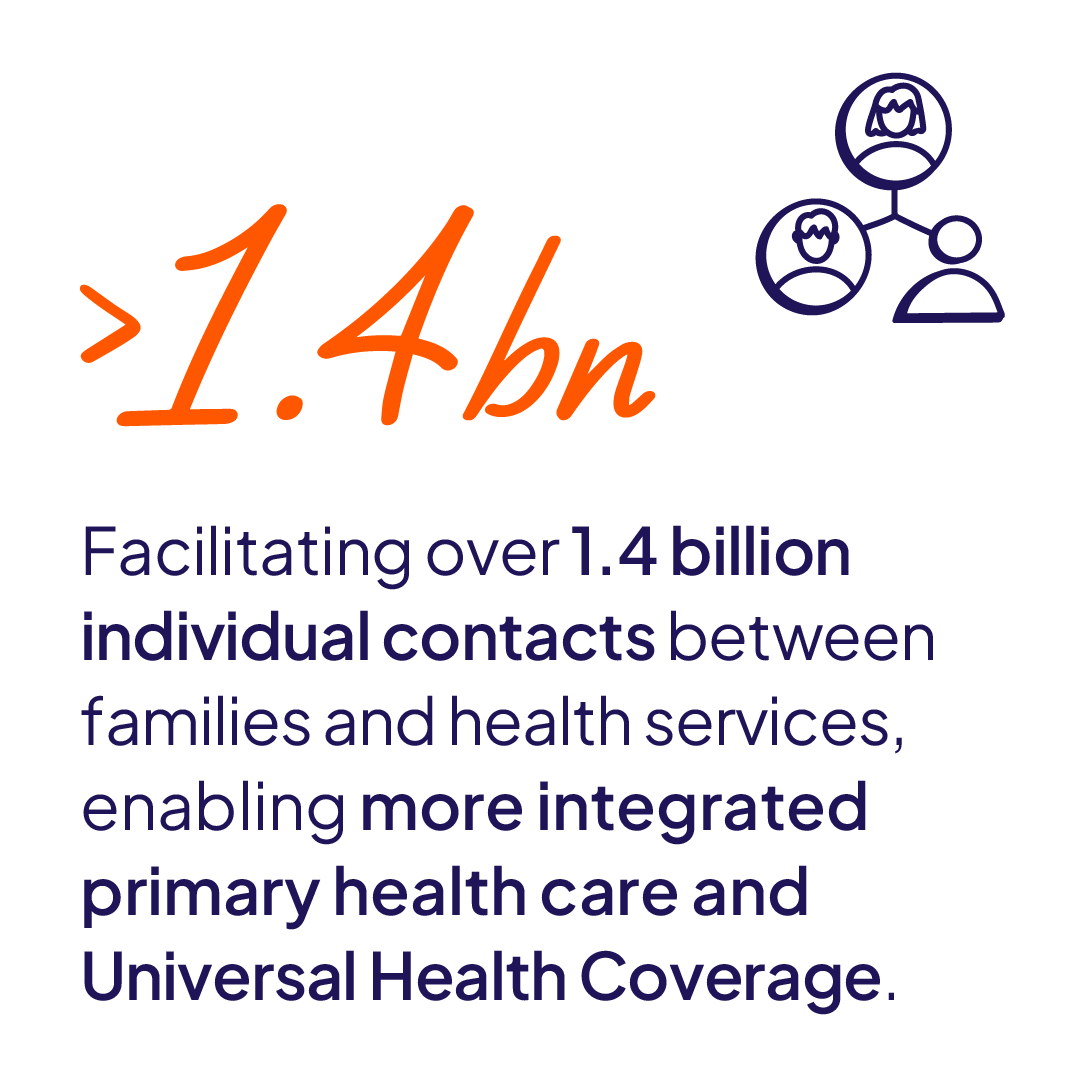
Gavi ensures that immunisation is integrated into primary health systems, and every point of contact between an individual and a vaccinator brings them into contact with health services. Connecting them with primary health care systems increases their chance of having access to health for life.
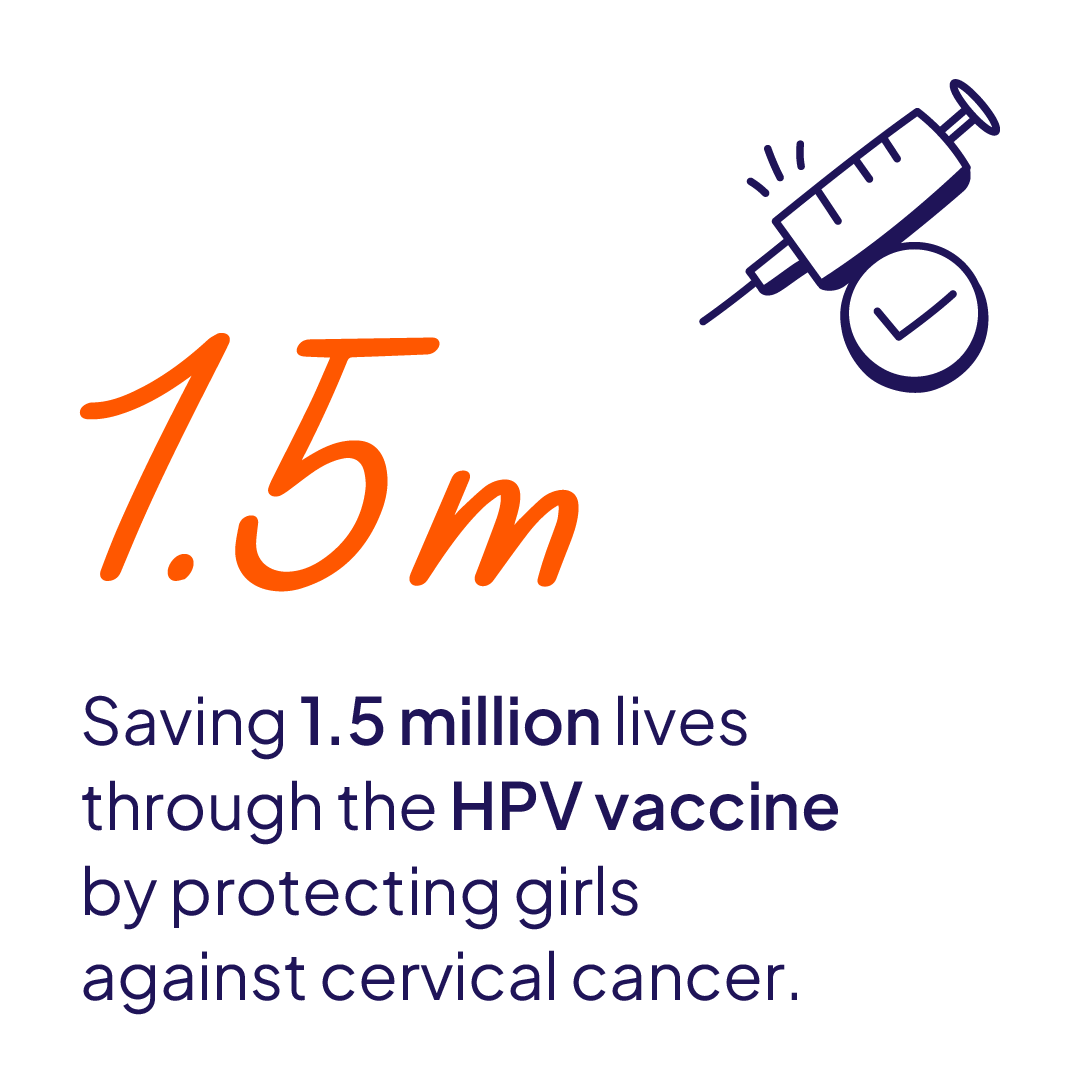
Cervical cancer kills almost 350,000 women every year, with more than 90% of these deaths in low- and middle-income countries. Yet cervical cancer is highly preventable with the effective (human papillomavirus) HPV vaccine. For every 1,000 girls vaccinated, almost 18 deaths are prevented, making it one of the most impactful vaccines in Gavi’s portfolio. Over the next five years Gavi plans to vaccinate over 120 million girls against HPV, saving 1.5 million lives.
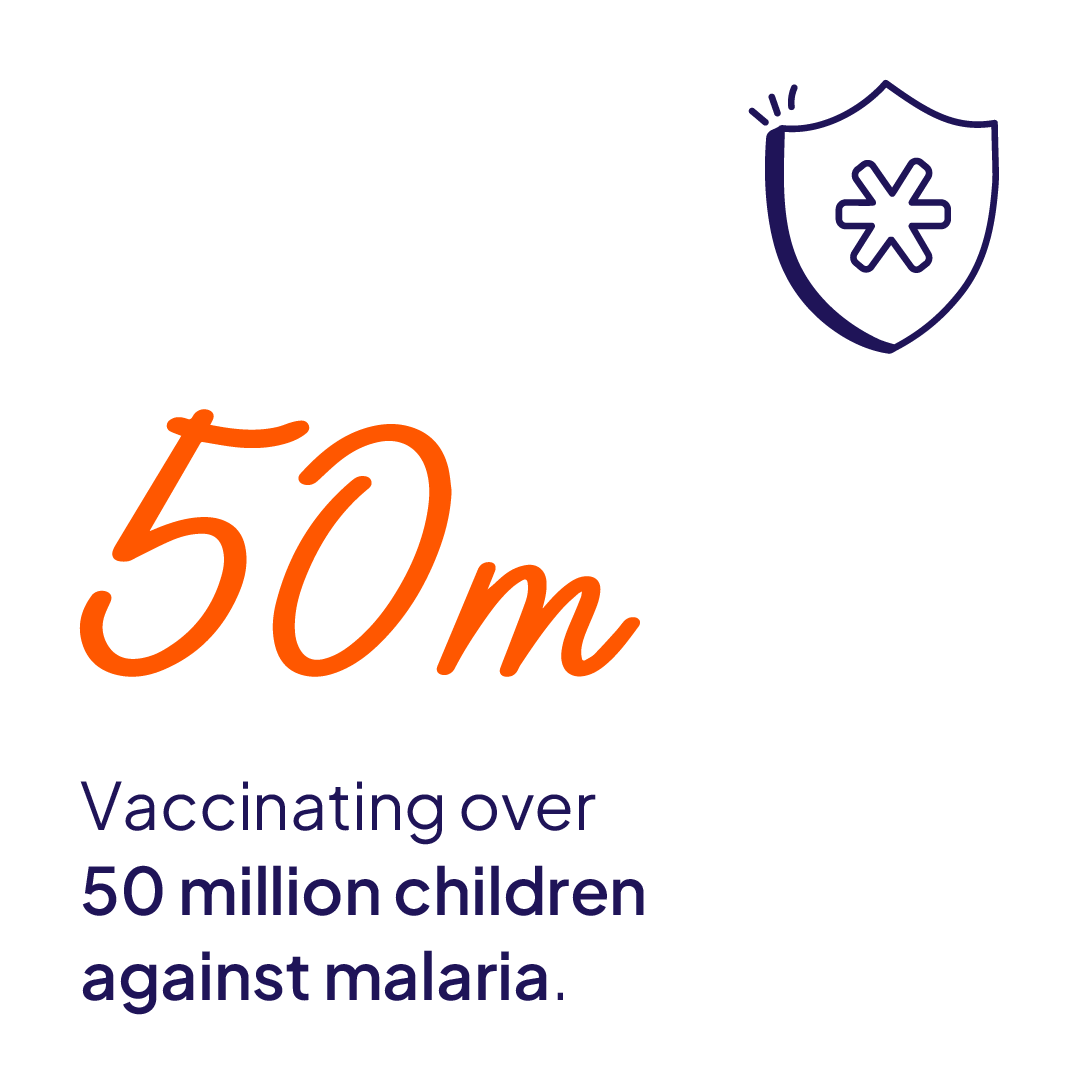
Malaria is one of the world’s biggest killers of children under five years, especially in low- and middle-income countries. The roll-out of the malaria vaccine has been a major recent global health success. Gavi will deliver the vaccine to 50 million children over five years.
More from Gavi Staff
Recommended for you

